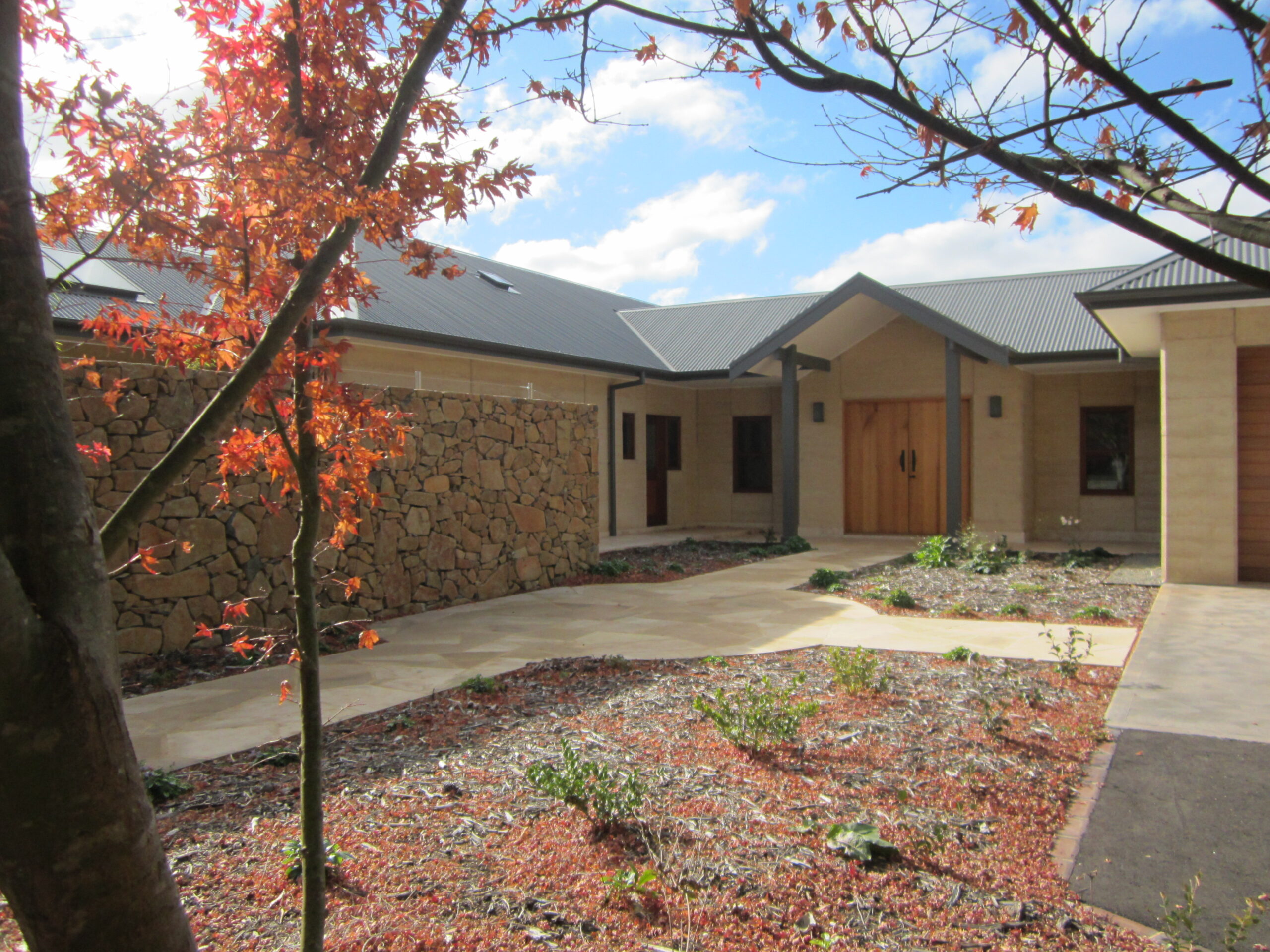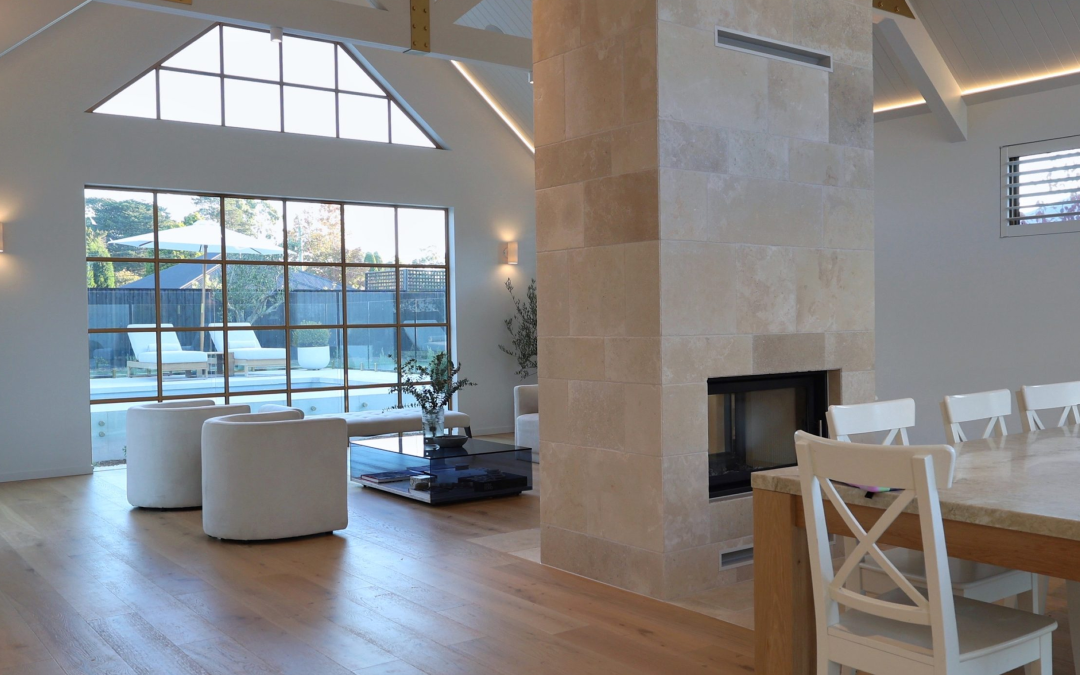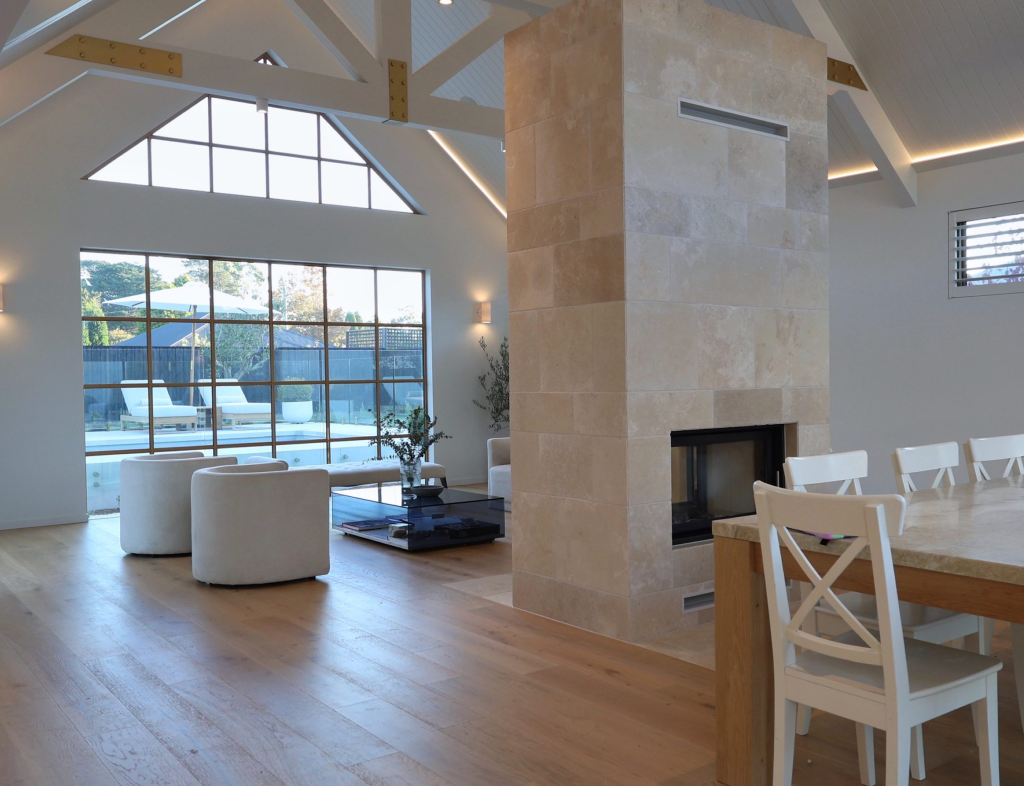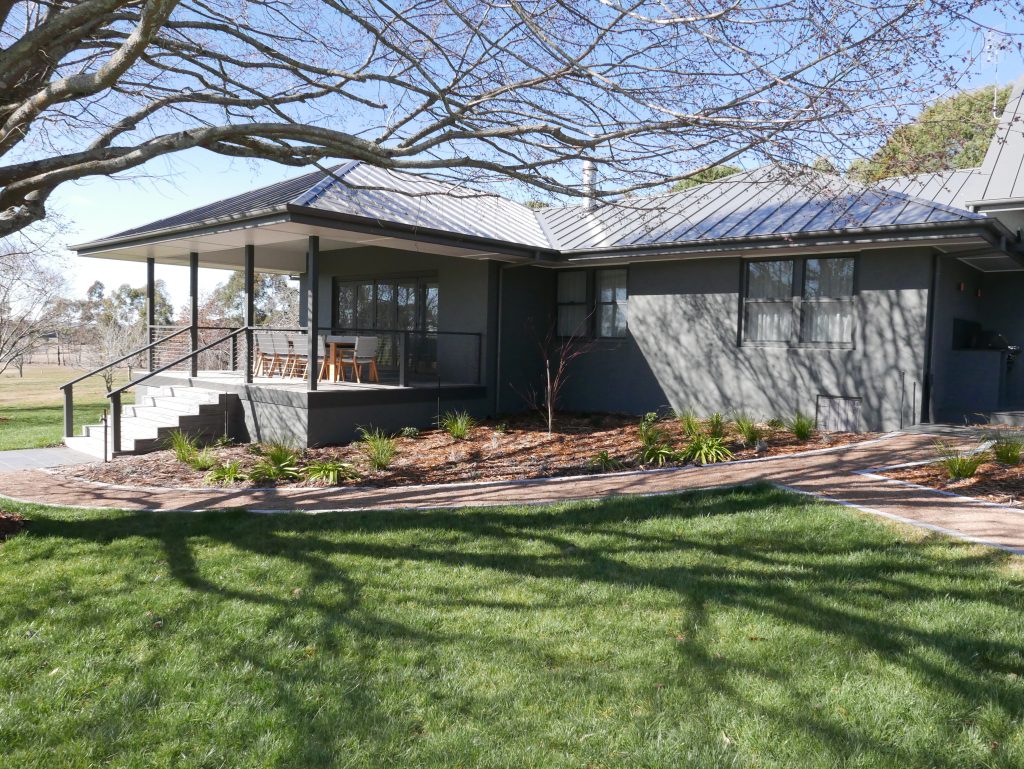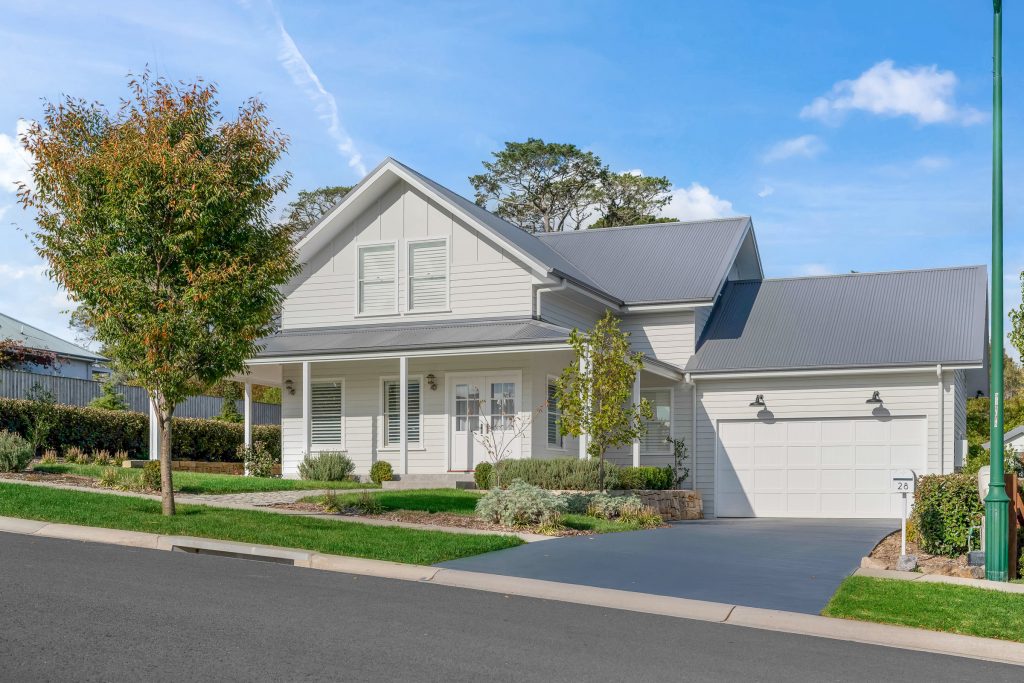What is that indefinable “something” that makes a great home? I’m sure you’ve had this experience. You visit a friend’s home and something about the design is just not “right” about it; it doesn’t appeal. You think, “When I build my own home, I will get it right.” But how? What are the features of a truly great home? There are five characteristics.
- Context: Fitting in with the Site. The design must take into account the critical aspects of the site. Is there a great view? Where does the sun come from? What are the existing physical characteristics of the site; major trees, a beautiful spot in the garden, perhaps a rocky outcrop to incorporate into a garden feature. What are the characteristics of the neighbourhood? Materials, scale, rhythm, style…all are elements that should be reflected in a new home. What are the Council restraints on the site? Setbacks can impact on the siting of the house. The context must be interpreted accurately.
- Scale: Get the Proportions Right. Scale can apply to both the interior and exterior of the house. How does the house fit into its landscape and neighbourhood? Proportion is particularly important inside the house. If you design a series of cosy rooms and suddenly throw in a huge one; it just wouldn’t look right. Proportion is doubly important when designing an addition to an existing house. If the new addition is too large (tall, bulky) it will not look “right” with the existing house.
- Liveability: How Does the House Work? In Australia, the biggest consideration for liveability is being able to live both indoors and outdoors. Even the Southern Highlands climate allows us to spill our lives out onto terraces, under verandahs and into gardens. Consideration must be given to indoor/outdoor living at different times of the year. Is there a cool, shady place to go in summer? A sheltered, sunny spot for winter? The ability to open up indoor spaces to spill outside when the weather allows and to bring ventilation inside is critical.
- Energy Efficiency: Will the House be Comfortable? You want to be able to afford to keep your home cool in summer and warm in winter. Comfort needn’t be expensive. Simple design approaches such as efficient design (miles of hallways all need heating too!), orientation (all living areas should face north) and materials selections (correct levels of insulation and other materials) will make a house naturally comfortable requiring little artificial heating and cooling.
- Distinctiveness: Does the Home have the “Wow” Factor? Finally, what is that very special aspect of the home? What makes it truly special? This is the hardest to pin down. Various elements such as details, finishes and the way the spaces flow together can create that sense of style that is unique.
An architect can guide you in establishing what it is that will make your new home just right for you, and create for you a truly “great” home.
Categories:

